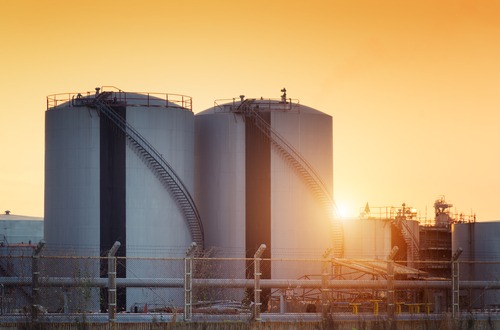EIA predicts lower than average U.S. natural gas inventories headed into winter

This winter, the United States could find itself with less natural gas inventory for heating than normal, according to the Energy Information Administration’s (EIA) August 2021 Short-Term Energy Outlook.
According to the EIA’s predictions, natural gas inventories will be a full 159 billion cubic feet (Bcf) below their previous five-year average, owing to above-average withdrawals of natural gas from storage throughout the 2020-2021 winter heating season and below-average injections over the summer.
Between January and July, U.S. dry natural gas production has remained relatively flat, averaging 91.5 Bcf per day so far in 2021, 0.4 Bcf/d below the same period in 2020. February proved the worst month for production in that period, declining more than 6.5 Bcf/d because of extremely cold weather and well freeze-offs. At the same time, liquefied natural gas (LNG) exports reached new heights this year, complemented by a mix of added export capacity and increases in international natural gas and LNG prices.
Throughout 2020, LNG exports averaged 6.5 Bcf/d. By contrast, LNG exports are likely to average 9.5 Bcf/d for this year. The discrepancy is largely due to the onset of the COVID-19 pandemic last year, which caused major lockdowns and other uncertainties, resulting in low global natural gas demand. As things have resumed some level of normalcy, though, pipeline exports of natural gas have also increased, averaging 8.5 Bcf/d so far compared with 7.9 Bcf/d in 2020. The EIA predicts pipeline exports will average 8.8 Bcf/d for the whole of 2021.
In all, the United States should maintain 3,592 Bcf for its inventories as of Nov. 1, as it begins the winter heating season. While the sheer scale of exports has contributed to this, so too has the fact that natural gas inventories have grown 14 percent less than the five-year average from April to July. In June alone, natural gas inventories grew 120 Bcf less than the month’s five-year average, growing by just 960 Bcf due to the nation’s hottest June on record.
